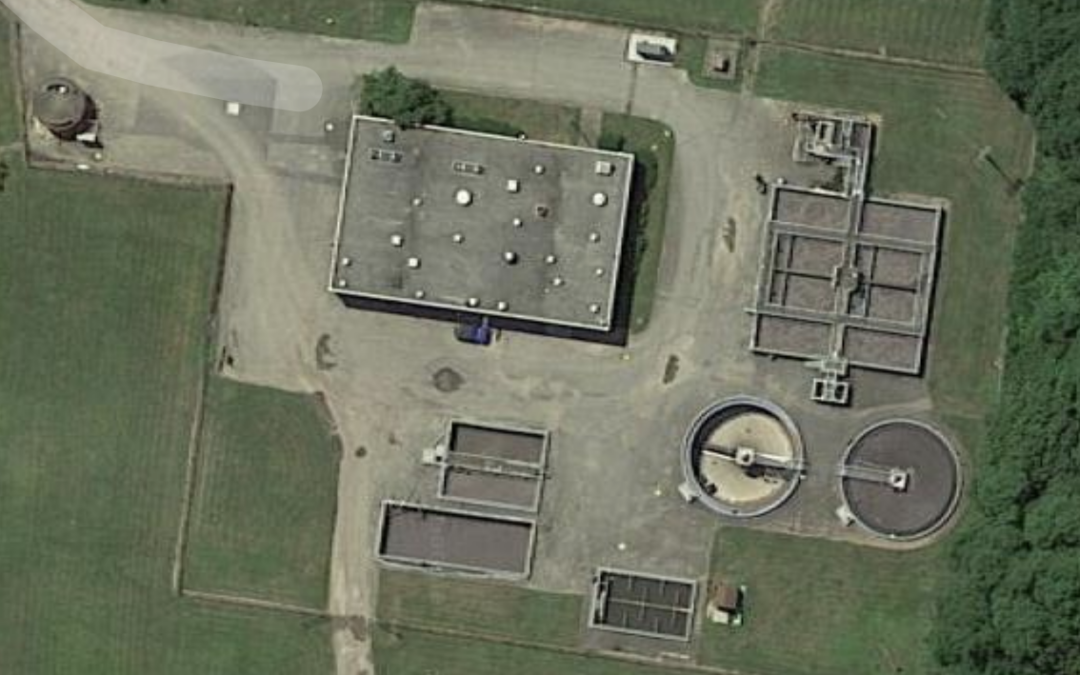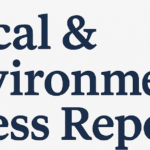The Villages of Fonda and Fultonville implemented a Mercury Minimization Plan (MMP) in May 2020 as required by the SPDES (State Pollutant Discharge Elimination System) permit issued to the joint WWTP (wastewater treatment plant). NYSDEC requires a MMP to be able to allow a treatment plant to discharge up to 50ng/L of mercury into a water body. This document provides the highlights of the MMP; it is not the complete plan.
Mercury (Hg) is a naturally occurring metal found in the ore cinnabar (mercuric sulfide). Mercury exists in three forms: elemental, inorganic and organic. Elemental mercury is a silvery liquid metal which can break into droplets and vaporize at room temperature. The vapor is colorless and odorless in nature. Elemental mercury is a neurotoxin which can cross the blood-brain barrier. The most commonly seen form of organic mercury in the environment is methylmercury. Methylmercury is a neurotoxin which can also cross the blood-brain barrier and with its bio- accumulative property, methylmercury poses a serious threat to the environment and the health of people. The main organ affected by inhaled mercury vapors is the brain. For elemental and other inorganic mercuric salts, the gut lining and kidneys are targeted. Lastly organic mercury (methylmercury) is distributed throughout the body. Mercury and methylmercury bind to sulfur containing proteins thereby altering the structure of protein and impairing protein function. The ability of mercury to pass through the placental barrier can cause mercury accumulation in a fetal brain and lead to neurogenerative disorders.
Mercury in wastewater is present due to natural processes such as wet and atmospheric deposition as well as human-derived sources. The table below lists the possible industrial and residential sources of mercury. Though residential sources individually make up for only a fraction of mercury contamination in wastewater, cumulatively it might result in large quantities, thereby making their removal essential. Dental facilities are the single largest source of mercury in treatment plants, which are closely followed by other medical clinics such as hospitals, vets etc.
| Industrial/Commercial | Residential |
| Municipal Waste combustion | Breakage / Incorrect disposal of mercury containing items such as: |
| Medical Waste combustion |
|
| Fossil-fuel combustion |
|
| Operation of fossil-fuel based boilers for thermal energy |
|
| Portland cement manufacturing
Chlor-Alkali Facilities |
|
| Gold and mercury mining |
|
| Dental clinics, hospitals and other medical facilities |
|
| Schools and Universities |
|
| Auto recyclers |
|
|
The single most important focus of the MMP is source reduction of mercury by reducing the number of mercury containing devices and preventing mercury from entering the collection system at the point of generation. Therefore, it is important that the communities of both Villages are aware of the plan to ensure its compliance. Mercury containing devices should be safely discarded to ensure minimal environmental and health impacts. Montgomery county accepts mercury containing waste as a part of their household hazardous waste collection events. The most common mercury containing devices are thermostats. There are several local drop-off locations for thermostats with the closest one being at 86 Briggs Street, Johnstown, NY 12095.
Correct procedures to contain mercury need to be followed in case of a spill. The link below provides spill cleanup guidelines for small mercury spills. The DEC hotline for mercury spills is (800)-457-7362.
http://www.newmoa.org/prevention/mercury/smallspills.pdf
Another frequently observed source of mercury is mercury switches in older automobiles. The Fonda – Fultonville area has several automobile recyclers. They will be advised of the End of Life Vehicle Solutions service. This service provides free buckets for disposal of mercury switches and free collection services as well. Registration can be done at http://elvsolutions.org/ or by dialing 877‐225‐ELVS (3587). More information regarding this service can be found at https://www.dec.ny.gov/chemical/42677.html and http://elvsolutions.org/.
Apart from the residents ensuring minimal mercury in the collection system, industrial sewer users including medical clinics will be mailed BMPs to ensure correct disposal of mercury. The sewer law will also be enforced for all users following which the maximum allowable limit for mercury will be modified in the sewer laws to reflect limits in the MMP.
Lastly, source reduction also applies to the treatment plant and the FFCSD. The staff at both locations will be inventorying potential mercury containing items and finding replacements for any identified devices/items.
To monitor the concentration of mercury in the collection system, the WWTP will be sampling influent and effluent wastewater every three months. Sludge generated will also be tested for mercury. If spikes in mercury concentration are observed, key sampling sites will be used to identify the source of the mercury spike.
Abiding to the MMP is a communal effort. This document provides a summary of the MMP which has been implemented. All residents are requested to be mindful of mercury containing consumer products and accordingly incorporate the changes mentioned above. To obtain more information regarding the plan please contact the Village Clerk’s offices.







